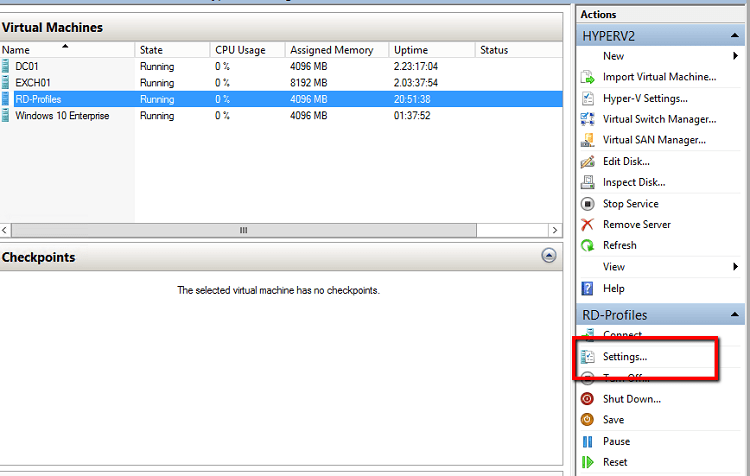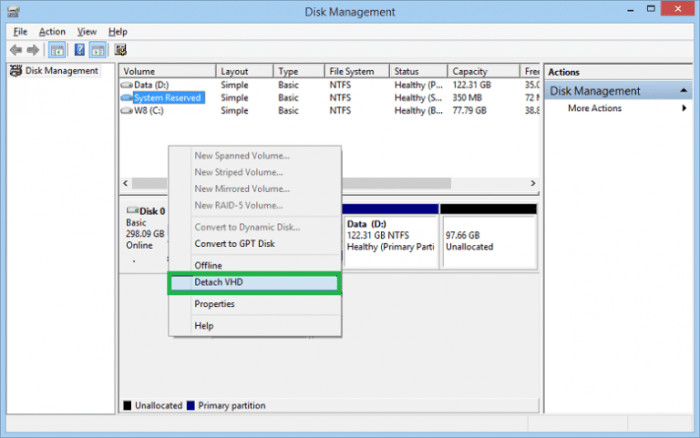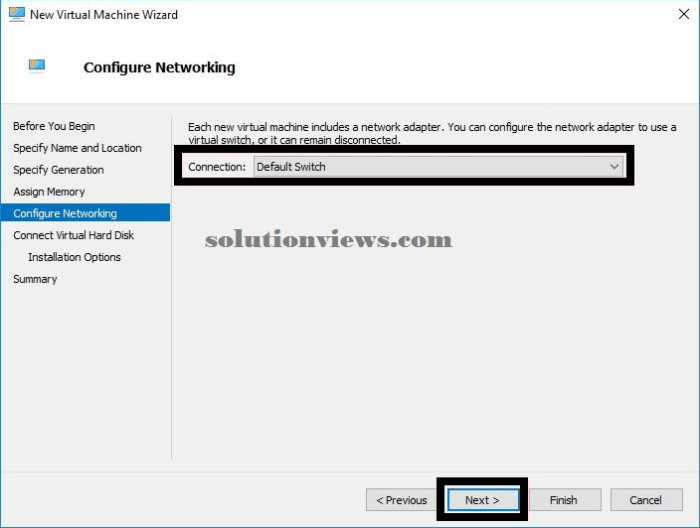Virtual machine settings are stored within a .vhdx file. – Virtual machine settings are stored within a .vhdx file, a pivotal component in the virtualization landscape. This comprehensive guide delves into the intricacies of this file, exploring its purpose, structure, and the diverse settings it harbors.
The .vhdx file serves as a central repository for virtual machine configurations, providing a comprehensive snapshot of its hardware, software, and network settings. Understanding the contents of this file is paramount for optimizing virtual machine performance, troubleshooting issues, and ensuring a stable and efficient virtual environment.
Virtual Machine Settings File

Virtual machine settings are stored within a .vhdx file, which is a virtual hard disk format used by Hyper-V. The .vhdx file contains all the information necessary to define the virtual machine, including its hardware configuration, operating system, and installed applications.
The .vhdx file is located in the folder where the virtual machine was created. The file is typically named with the extension .vhdx, but it may also have a .vhd or .vhdX
extension. The .vhdx file is a binary file, and its contents are not human-readable.
The .vhdx file contains the following types of settings:
- Hardware configuration: This includes the number of virtual CPUs, the amount of memory, and the type of virtual hard disk.
- Operating system: This includes the name of the operating system that is installed on the virtual machine and the version of the operating system.
- Installed applications: This includes the list of applications that are installed on the virtual machine.
Accessing Virtual Machine Settings

You can access the .vhdx file by using the Hyper-V Manager. To do this, open the Hyper-V Manager and select the virtual machine that you want to modify. Then, click on the “Settings” tab. The “Settings” tab will display the settings for the virtual machine.
You can modify the settings by clicking on the “Edit” button.
You can also modify the settings for a virtual machine by using the PowerShell cmdlet. The following cmdlet will get the settings for a virtual machine:
“`Get-VMSetting
VMName “MyVM”
“`
The following cmdlet will set the settings for a virtual machine:
“`Set-VMSetting
- VMName “MyVM”
- MemoryStartupBytes 2048MB
“`
It is important to back up the .vhdx file before making any changes to the settings. This will ensure that you can restore the virtual machine to its previous state if something goes wrong.
Common Virtual Machine Settings: Virtual Machine Settings Are Stored Within A .vhdx File.
| Setting Name | Description | Default Value | Range of Values |
|---|---|---|---|
| MemoryStartupBytes | The amount of memory that is allocated to the virtual machine when it starts. | 1024MB | 128MB
|
| NumberOfProcessors | The number of virtual CPUs that are allocated to the virtual machine. | 1 | 1
|
| BootOrder | The order in which the virtual machine will attempt to boot from different devices. | DVD | DVD, Hard Disk, Network |
| EnableSecureBoot | Whether or not to enable Secure Boot for the virtual machine. | False | True, False |
You can modify these settings by using the Hyper-V Manager or the PowerShell cmdlet.
Advanced Virtual Machine Settings

In addition to the common settings, there are also a number of advanced settings that you can configure for a virtual machine. These settings can be used to fine-tune the performance of the virtual machine or to enable specific features.
Some of the most common advanced settings include:
- Processor Compatibility: This setting allows you to specify the type of processor that the virtual machine will use.
- NUMA Node Count: This setting allows you to specify the number of NUMA nodes that the virtual machine will use.
- Synthetic Timers: This setting allows you to enable or disable synthetic timers for the virtual machine.
- Virtualization Extensions: This setting allows you to enable or disable virtualization extensions for the virtual machine.
Modifying these settings can have a significant impact on the performance of the virtual machine. It is important to understand the implications of changing these settings before you make any changes.
Troubleshooting Virtual Machine Settings

If you are having problems with a virtual machine, it is important to check the settings to make sure that they are correct. The following are some of the most common issues that can occur with virtual machine settings:
- The virtual machine will not start: This can be caused by a number of issues, including incorrect memory settings, incorrect boot order, or a corrupted .vhdx file.
- The virtual machine is running slowly: This can be caused by a number of issues, including insufficient memory, insufficient CPU resources, or incorrect virtualization settings.
- The virtual machine is crashing: This can be caused by a number of issues, including hardware compatibility issues, software conflicts, or a corrupted .vhdx file.
If you are having problems with a virtual machine, it is important to troubleshoot the issue and make sure that the settings are correct. You can do this by using the Hyper-V Manager or the PowerShell cmdlet.
If you are unable to resolve the issue, you may need to contact Microsoft support for assistance.
FAQ Guide
What is the purpose of the .vhdx file?
The .vhdx file stores all the configuration settings for a virtual machine, including hardware, software, and network settings.
Where is the .vhdx file located?
The .vhdx file is typically located in the same directory as the virtual machine’s configuration files.
How can I access the .vhdx file?
You can access the .vhdx file using a text editor or a virtualization management tool.
What are some common virtual machine settings that are stored in the .vhdx file?
Some common virtual machine settings that are stored in the .vhdx file include the amount of memory, the number of CPUs, the size of the hard disk, and the network settings.